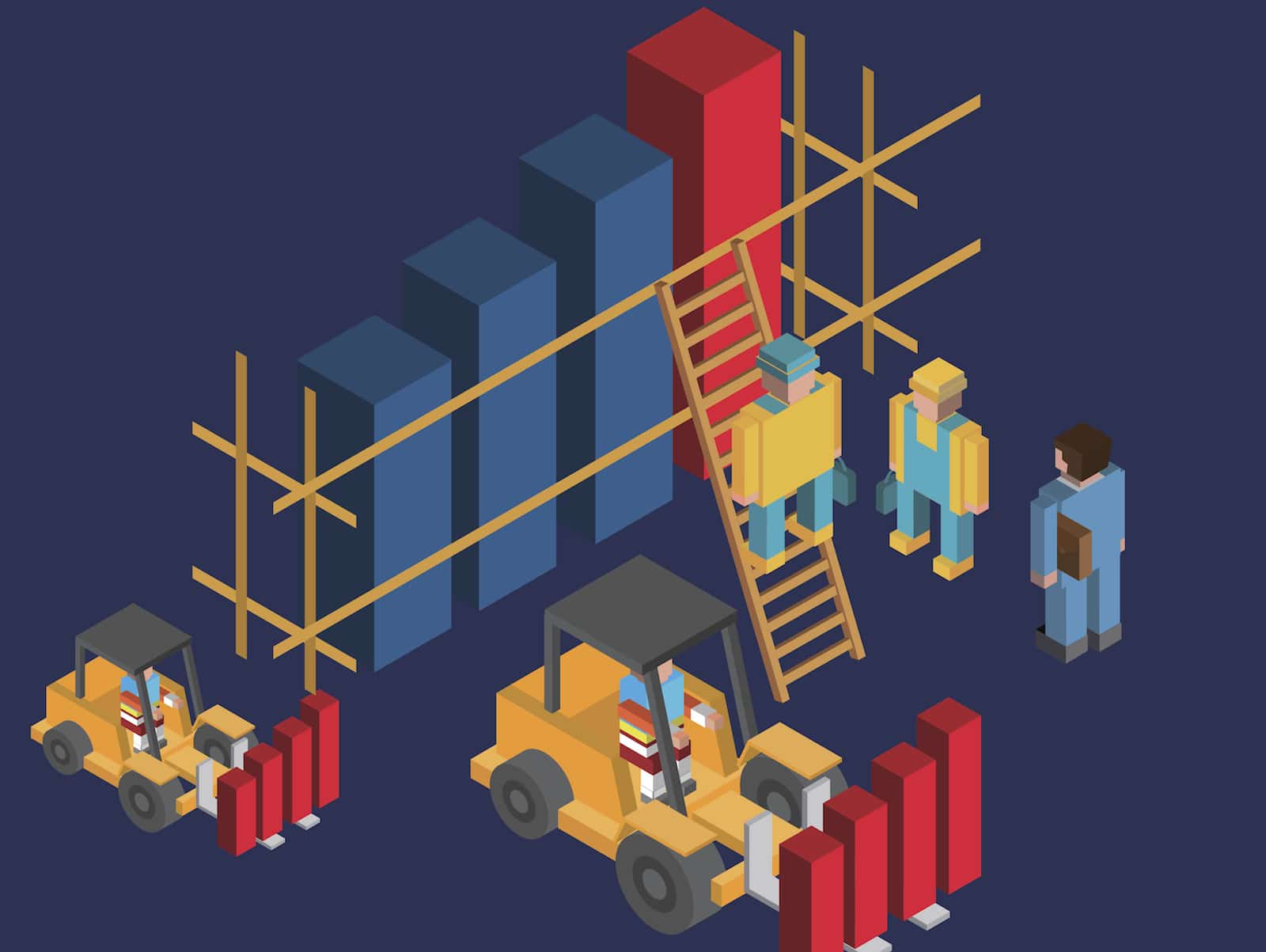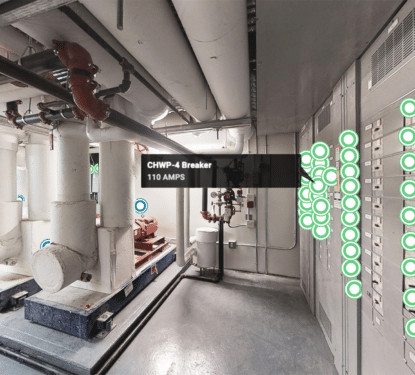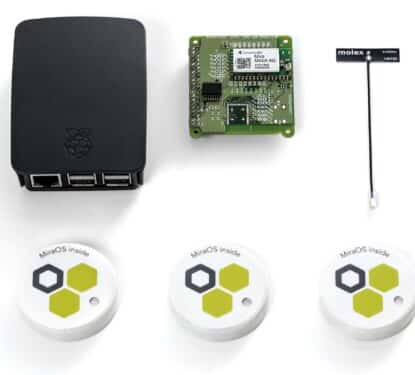Smart building technology has demonstrated its worth in recent years, and this is creating some difficult choices for building owners, namely; get smarter or risk losing tenants, and then either retrofit your current building or start fresh with a purpose built smart building. Commercial property owners must consider all the options before they start to lag behind the competition.
A report by the American Council for an Energy Efficient Economy found the average building should expect to save approximately 18% on their utility bills with the introduction of smart technology. That’s just the beginning however, benefits for occupant safety, comfort, health and especially productivity have shown that utility savings are just the tip of the iceberg when it comes to the value added from smart upgrades.
Furthermore, tenants are increasingly demanding their office space be smart for all these reasons but also so they can attract the brightest young talent. “A highly functional and attractive workplace can also function as a tool to entice and retain the best talent. Younger generations of the workforce will demand, and function best within the most innovative and intelligent workspaces. It will therefore be the companies who evolve their workplaces first, that will attract the best talent,” explains our comprehensive report – The Future Workplace: Smart Office Design in the IoT Era.
All commercial building owners are being forced to explore the best ways to realize these benefits to attract higher value tenants and join this smart revolution. A purpose built smart building will be the most attractive to top tenants but knocking down and rebuilding is expensive in terms of capital outlay and rent downtime. Retrofitting smart technology into existing buildings seems like the most cost effective solution for many but can be fraught with issues that may persist long after initial installation. While, doing nothing or waiting too long could be the most costly option of all.
Retrofitting
High profile retrofits like New York’s Empire State Building and 311 South Wacker Drive in Chicago are highlighting the opportunities availbale. In the majority of older buildings, however, retrofitted smart technology may not work as well as it could according to Arsalan Heydarian, an Assistant Professor in Civil and Environmental Engineering at the University of Virginia. “Companies can sometimes get frustrated with technology as it can cause more problems than it solves,” he says.
Heydarian highlights specific issues like motorized blinds moving up or down during meetings or lights not being at the correct brightness despite being controlled by sensors. "We spend 80-90% of our time indoors, and still our buildings cannot detect exactly what is the lighting preference that you specifically need, and how it can adjust that,” he said, suggesting that buildings would be better designed to be “smart around the user and not around the system.”
However, this can be challenging in buildings that can be decades of old and were never constructed with such smart technology in mind. “It's something our buildings are not really designed to be like. Our buildings are really standardized, they're not flexible in a sense,” he said. Technology companies have older buildings too however and they are in the ideal position to prove that it is possible with the right strategy.
Europe’s largest industrial manufacturing company, Siemens, has taken the retrofitting approach to bring smartness to some of it’s older building stock. The firm uses a network of sensors to provide data on how the space is used, which in turn offers actionable intelligence to managers looking to improve the operation of these old inflexible buildings.
"What we're trying to do is take it to the next level, and that is by measuring the use of our site and looking at that data and then identifying what section of the building is being utilized, how much and by how many people, and how many people we have in the building," Michael Kruklinski, Head of Region for the Americas at Siemens Real Estate.
“I think the biggest lesson probably is to start with a sample that is manageable,” he said. “It's big enough that you can draw some conclusions off it, the output investment is manageable, but it's not such a big chunk of money you can't do it.”

Building New
A truly smart building has been designed to be one from the outset, and with that comes the opportunity to take building technology to another level. Going beyond energy efficiency, purpose built smart buildings can begin to address the true value of smart commercial buildings - making occupants (workers) more productive.
“We can and will talk about health, comfort and wellbeing in terms of method, but in the end it all comes down to productivity. In the world of business that has always been the key objective,” explains our report on smart commrcial office buildings. “Like a factory full of machines that need to be oiled, rested, maintained, and operate in their ideal environment, the future workplace will be optimized for the human worker.”
Unleashing these benefits in their fullest by building a smart building from scratch is the ideal solution for those who can afford it. However, smart technology is also making inroads into the construction space, which is reducing the time and costs associated with building new, and making it a more realistic option for a growing number of building owners.
Developing smart buildings "begins with building smartly," says Kyle McQuiston of construction company JE Dunn. Beyond cost and time saving, these developments are better linking the previously disparate building phases of construction and operation. Using machine learning, for example, we are able to predict the building’s maintenance needs before construction even starts, meaning adaptations can be made during construction to improve operation. "It’s a seamless way to integrate the processes that for a long time have been disjointed somewhat," McQuiston said.
Smart Decisions
Getting the full benefit of the technology available supports the case for starting fresh, while the smart evolution of construction is making it cheaper and quicker than ever to construct a building from scratch. For those with the capacity to do so, building a purpose built smart building seems like the best plan. However, improvements in retrofitting methods and technology are bringing are giving those without the means to rebuild an option to join the smart revolution.



